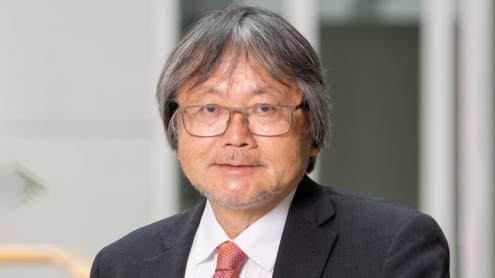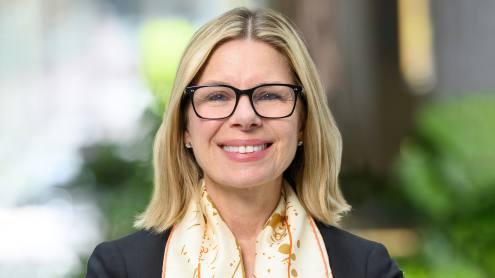Q What major initiatives did Lebanon’s Central Bank take in 2008?
A Between 1995 and 2004, we stopped the activities of some 33 banks by funding the cost of merging them to protect depositors’ money. This created confidence in the markets, which has translated into an impressive increase in deposits. We issued regulations covering all elements of banks’ balance sheets and on structured products. For more than four years, Lebanese banks have been banned from investing their own funds in subprime products. They hold no toxic assets on their balance sheets and this is clearly visible in their 2008 results. It was a record year in terms of expansion of the deposit base and improved profits.
Q Is it fair to say that you foresaw trouble in the subprime market?
A Yes, we acted with a great deal of caution as we didn’t know to whom the banks would ultimately be lending. We didn’t want their capital to be tied up in illiquid markets because these instruments were traded effectively over-the-counter and outside any exchange. We set out lending regulations that place a ceiling of 50% on the value of an equity portfolio and a requirement of a 20% down-payment on foreign exchange operations. On real estate operation, we determined that banks could not lend more than 60% of a project’s value. Overall we have a liquidity factor to Basel II criteria, in the sense that banks cannot lend more than the equivalent of 70% of their deposits and must keep 30% in liquidity at all times.
By preserving the stability, another element to bolster confidence was added. In 2008, we reviewed all of these regulations and strengthened them by applying even more conservative criteria. We also refined regulations on the holding companies which own a substantial part of any bank. They can hold these shares but cannot enter into any financial operation with them. The markets have rewarded the model we established and confidence has played a major role, as Lebanon has been exposed to many tumultuous events, from assassinations to wars. The banking sector kept it together throughout and this adds to the conviction that our system can operate in stressful situations.
Q How are the Central Bank’s foreign exchange (FX) reserves holding up?
A We have a record level of foreign currency. Our balance sheet has more than $20bn in FX reserves and we have a large stock of gold, estimated at more than $8bn. We have other assets, such as holdings in national companies and real estate; our balance sheet is almost equal to Lebanon’s gross domestic product. Due to our intervention, the Lebanese pound has strengthened and we have seen huge conversions from the US dollar to our currency since the start of the last phase of the crisis.
Q Can you define your interest rate policy?
A In the past 15 years, the Central Bank has respected market sentiment regarding setting interest rates. We did not force rates downwards artificially, which helped keep speculation on property and shares out of our market. The value of this money was protected and the best way to achieve this was to listen to what the markets were saying about the level of interest rates. So the Lebanese currency remained an asset and there was no need to exchange it for other assets that could create the bubbles experienced elsewhere.
Q Can you describe the outlook for Lebanon’s banking sector for 2009?
A We are optimistic about the future of the economy in general. We are looking for positive growth this year, providing we do not have a political or security crisis. We are watching the impact of this crisis on Lebanese expatriates working abroad and to what extent this may affect remittances as these will play a role in the development of banking liquidity. The fall in oil and commodity prices will reduce the cost of imports, and we anticipate a positive balance of payments, allowing the banks to operate in a comfortable environment. So far, we have not detected any material impact on credit and demand.
Banks’ capital ratios stand at about 12%, comfortably above the 8% reference mark. The liquidity ratio is at 35% and there is enough capital to fund private and public sector needs this year, even if deposits fail to grow by more than the interest rates on existing deposits. The other concern is our debt. The government has decided to exchange all foreign-denominated debt due in 2009 for instruments with longer-term maturities. This will take a major vulnerability issue out of the market as the government will not have any foreign currency commitments in 2009.
Q Do you foresee further consolidation of the local banking system?
A The more demanding requirements of Basel II, especially in the areas of transparency and good governance, should result in more mergers in the coming years. We are not granting new commercial banking licences, although we have issued a few to investment banks and Islamic banks, which have a different scope of operations.











